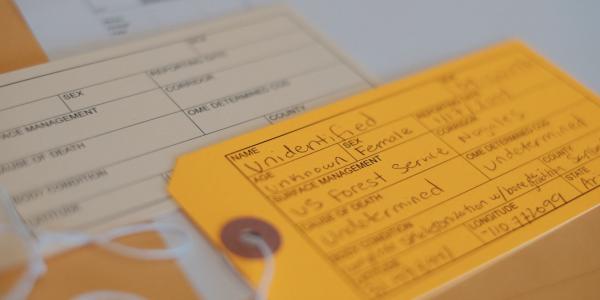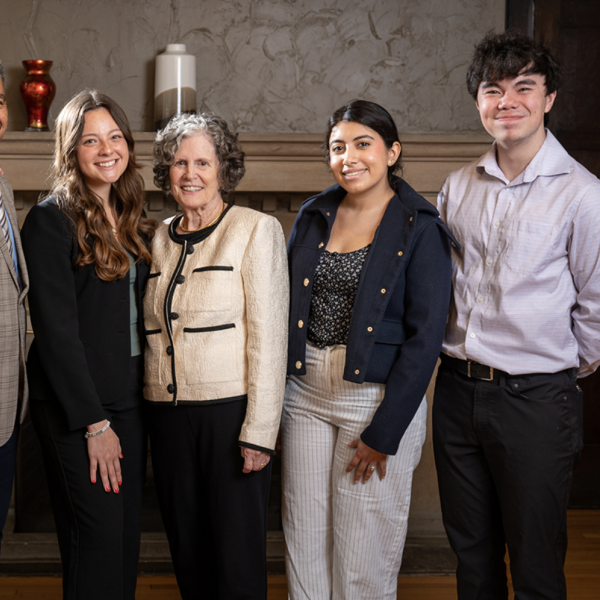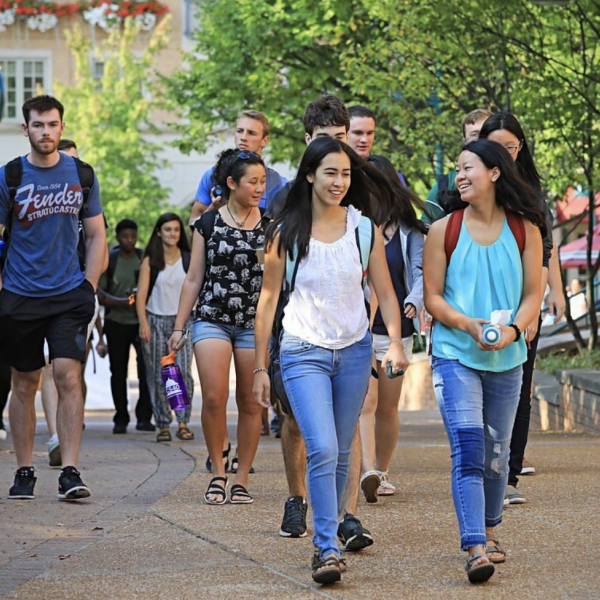The participatory art project HT94 provides a space for reflection on the ongoing crisis at the border. As part of the project, Washington University community members are invited to a virtual remembrance and reflection to be held Oct. 23.
Since 1994, the United States Border Patrol has implemented the “Prevention Through Deterrence” strategy, discouraging undocumented migrants from crossing the border in urban areas. Instead, migrants are forced to cross through what is deemed “hostile terrain,” most notably Arizona’s Sonora desert. At least 3,200 people have died making this arduous journey in search of a better life.
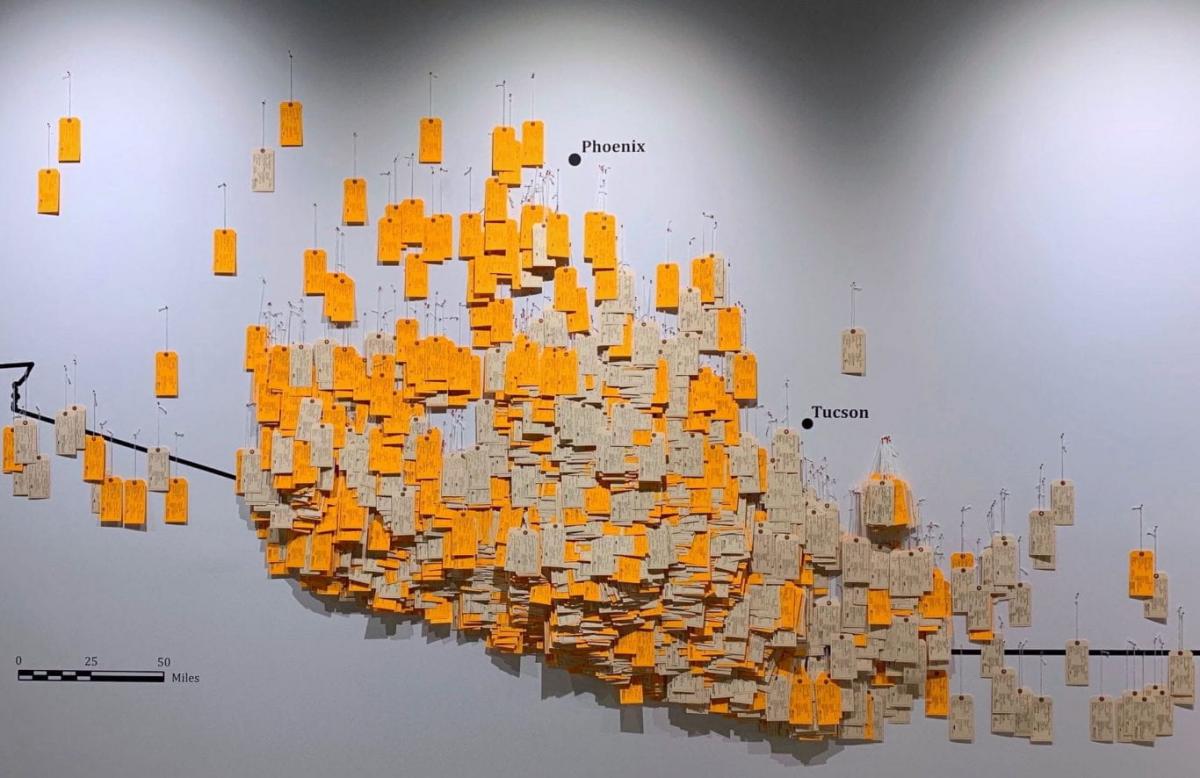
Hostile Terrain 94 (HT94) is a participatory art project organized by the Undocumented Migration Project, a non-profit research-art-education-media collective directed by UCLA anthropologist Jason De Léon. The installation features a map of the border covered in handwritten toe tags, each of which represents a migrant who died attempting to cross the Sonoran Desert from the 1990s through 2019. HT94 is being exhibited at partner locations across the United States and around the world, including, beginning this month, at Washington University. The project is sponsored by International and Area Studies, American Culture Studies, the Department of Art History and Archeology, the Department of Romance Languages and Literatures, and the Office of the Vice Provost for Faculty Advancement and Institutional Diversity.
While St. Louis is not located near the border in Arizona, event organizers Tabea Linhard and Mattie Gottbrath both feel that it is still important to bring the exhibit to Washington University. “The border extends beyond the border. And there's hostile terrain everywhere,” said Gottbrath, coordinator for international programming in International and Area Studies. Through collaboration with the St. Louis Inter-Faith Committee on Latin America and the St. Louis-based non-profit Migrant and Immigrant Community Action (MICA) Project, Washington University’s unique version of the exhibit will shed light on the immigrant community in St. Louis. “We’re looking beyond borders that determine immigrant or citizen status, but also the borders that we have within our city that divide race and income, as well,” Gottbrath said.
As a participatory art project, HT94 will provide the space for any interested Washington University or St. Louis community member to reflect on the ongoing crisis at the border. “This exhibit does not belong to any particular person or group. It really belongs to the community,” said Linhard, professor of Spanish, international and area studies, and comparative literature. Participants are welcome to fill out the exhibit’s handwritten toe tags, engage in dialogue about the significance of the border crisis, and collectively remember and mourn the lives that have been lost. “Every single one of these stories is important, and is worthy of remembrance,” Linhard said.
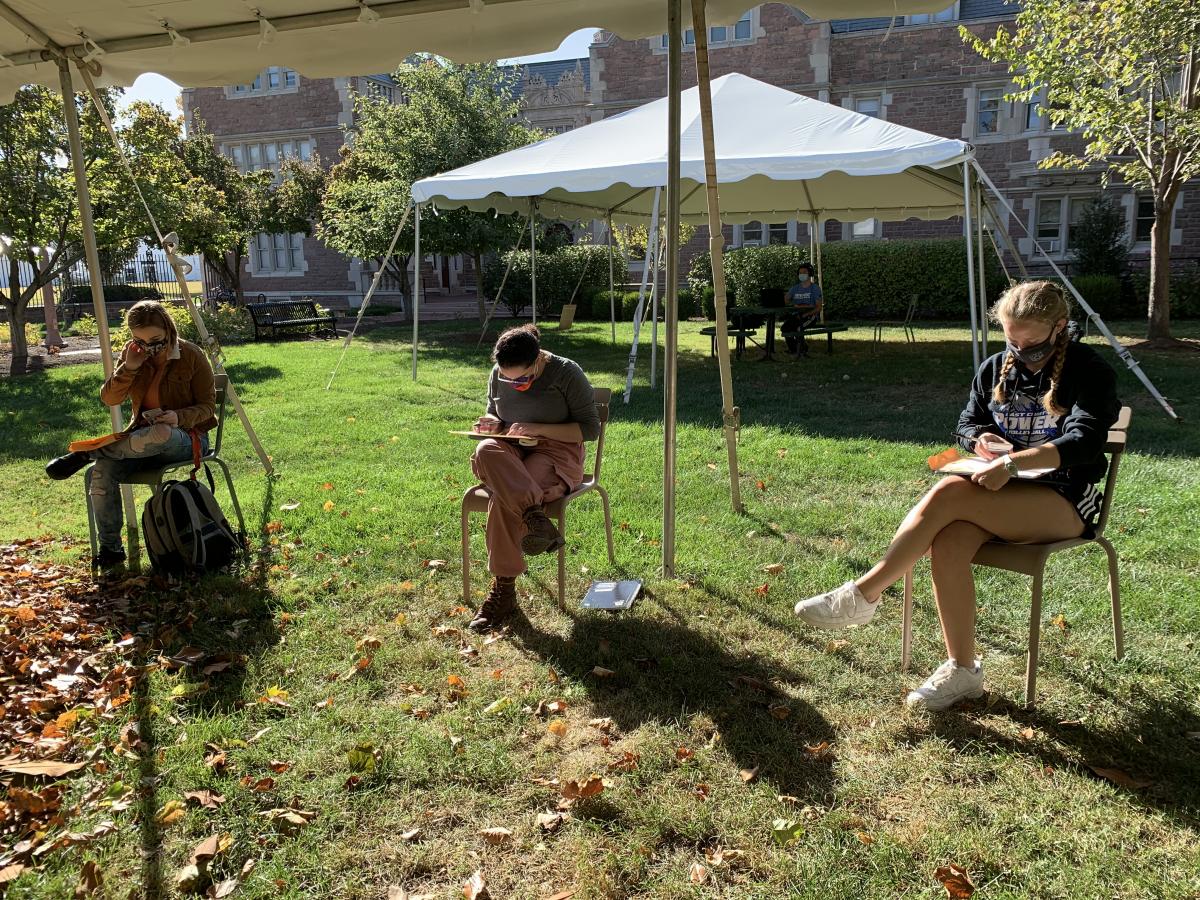
It is the organizers’ hope that HT94 will unsettle community members, inspiring them to raise awareness and take action to end suffering in the borderlands. According to Gottbrath, no matter one’s stance on immigration, it is evident from the sheer number of toe tags that current immigration policies are inhumane. “The policies that we have as a country are not working to prevent people from coming, and they're definitely not working to recognize and respect the idea of a human life,” she said. “The onus is on us as a country to change that.”
While HT94’s community-wide display in the Danforth University Center has been postponed until the spring semester in light of the COVID-19 pandemic, any interested community members are still welcome to get involved in HT94 at Washington University. All are welcome at its upcoming Community-wide Virtual Remembrance and Reflection event on Oct. 23 from 3–4 p.m. Attendees will have the opportunity to reflect on the installation and view My Baby, a performance by Mee Jay, artist and recent MFA graduate of the Graduate School of Art in the Sam Fox School of Design & Visual Arts. Event registration is required.
Anyone interested in participating remotely can reach out to the organizers to receive tags virtually or by mail. Learn more and keep up-to-date on the project and its events through the HT94 website.

